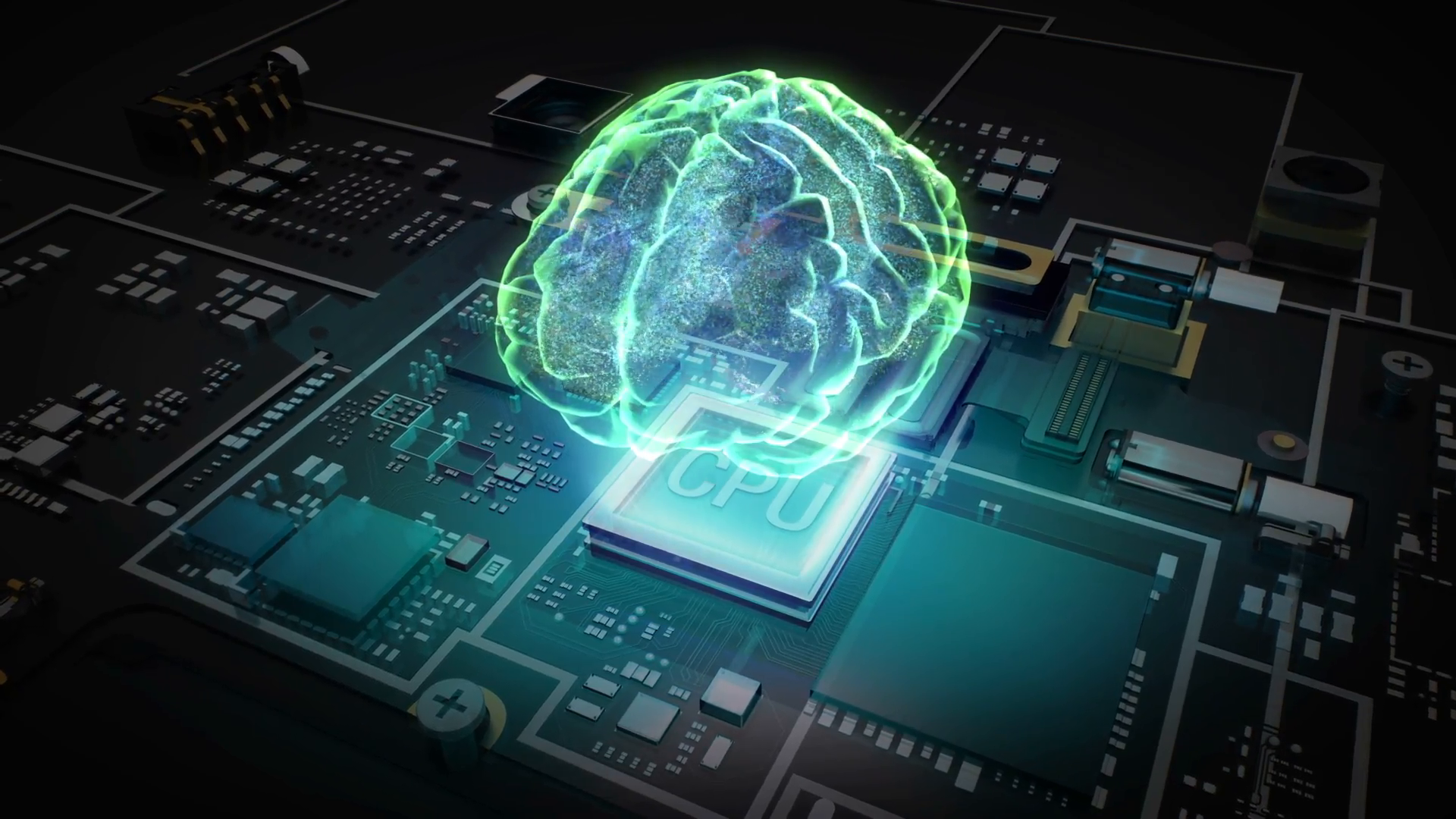A new artificial intelligence software at Columbia University monitored physical processes and identified significant variables—a prerequisite for any physics theory. However, the revealed variables were unexpected.
Velocity, Energy, and Mass The famous Einstein equation E=MC2 has these three factors. But how did Albert Einstein initially learn about these concepts? Before you can comprehend physics, you must identify pertinent factors. Einstein could not have discovered relativity without understanding mass, velocity, and energy. However, can these variables be identified automatically? This would significantly expedite scientific discoveries.
This is the question that researchers from Columbia Engineering asked of a new application that requires artificial intelligence. The artificial intelligence program was designed to use a video camera to monitor physical processes and then search for the smallest set of fundamental variables that adequately characterizes the measured behavior.
The scientists began by giving the system unprocessed video footage of physics processes for which the solution was previously known. For instance, they provided a video of a swinging double-pendulum with precisely four “state variables” — the angle and angular velocity of each arm. After numerous hours of analysis, the AI determined the following result: 4.7.
Hod Lipson, director of the Creative Machines Lab in the Department of Mechanical Engineering, where the majority of the work was conducted, stated, “We deemed this response to be close enough.” “Especially considering that the AI only had access to unprocessed video footage and had no grasp of physics or geometry. But we needed to know the nature of the variables, not just their quantity.”
The researchers then proceeded to show the real variables found by the software. It was difficult to extract the variables themselves since the algorithm could not define them in a human-comprehensible manner. Investigation revealed that two of the computer-selected variables had a loose connection to arm flexion angles, but the meanings of the other 2 factors remain a mystery.
We tried to link the other variables with everything we could think of, including rotational and linear velocities, kinetic and potential energy, and various combinations of known values, according to Boyuan Chen PhD ’22, an assistant professor at Duke University. However, nothing seemed to fit exactly. The team felt certain that the AI had chosen a viable set of four variables because it was making accurate predictions, but, as he noted, “we do not yet grasp the mathematical language it is speaking.”
After evaluating a number of other physical systems with known solutions, the scientists inputted films of systems with unknown solutions. An “air dancer” was depicted in one of these movies undulating in front of a local used car lot. After several hours of investigation, eight variables were returned by the program. Similarly, a video of a lava lamp generated eight variables. The application yielded 24 variables when the user supplied a looping video of flames from a holiday fireplace.
An especially intriguing question was whether the collection of variables was unique to each machine or whether a new set was generated each time the application was run. Lipson stated, “I’ve always wondered, if we ever encountered an intelligent alien culture, if they would have discovered the same physics rules as we have, or if they would characterize the universe differently.” “Perhaps some occurrences appear mysterious because we are attempting to comprehend them with the incorrect set of factors.”
In the studies, the number of variables remained constant each time the AI was restarted, but the variables themselves varied. Yes, there are various ways to characterize the universe, and it is entirely likely that our selections are not ideal. According to the researchers, this type of AI can aid in the discovery of complicated phenomena in fields such as biology and cosmology where theoretical understanding is lagging behind the data flood. “While we employed video data in this work, any type of array data source might be used, such as radar arrays or DNA arrays,” noted coauthor Kuang Huang PhD ’22.
This is part of Professor of Mathematics at the Lipson and Fu Foundation Qiang Du’s decades-long interest in developing algorithms that can transform data into scientific laws. Previous software methods, such as the Eureqa software developed by Lipson and Michael Schmidt, could extract freeform physical principles from experimental data, but only if the variables were defined beforehand. What if, however, the variables are unknown?
Lipson, who is also the James and Sally Scapa Professor of Innovation, contends that scientists may misinterpret or fail to comprehend a number of occurrences because they lack an adequate collection of characteristics to characterize the events. “People have known for millennia that objects may move fast or slowly, but it wasn’t until velocity and acceleration were explicitly quantified that Newton was able to formulate his famous law of motion, F=MA,” Lipson explained. Before the rules of thermodynamics could be defined, it was necessary to identify variables describing temperature and pressure, and so on for every scientific discipline. Variables are the foundation of any hypothesis. Du, who co-led the effort, posed the question, “What other rules are we missing because we lack the variables?”
Co-authors of the study are Sunand Raghupathi and Ishaan Chandratreya, both of whom contributed to data collection for the studies. Boyuan Chen has served as an assistant professor at Duke University. Columbia, Washington and Harvard universities are working together on an NSF AI institution for dynamical systems that hopes to speed up scientific discovery through the use of artificial intelligence (AI).


